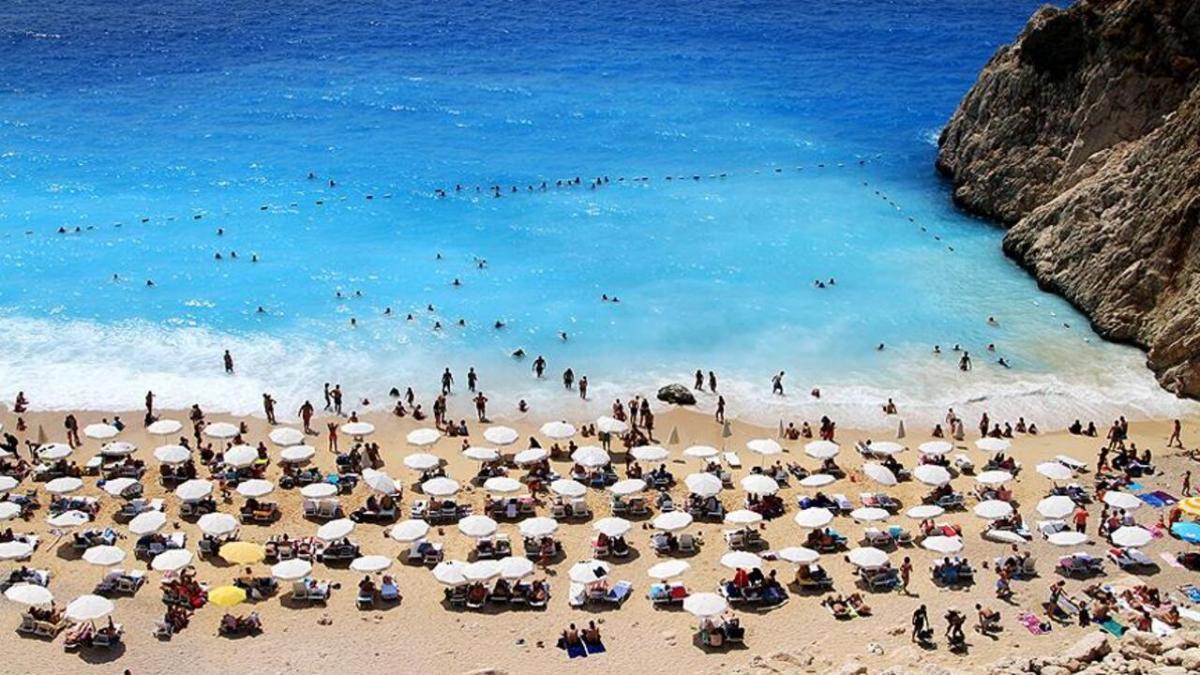9152
0
World Tourism Will Contract 30 Percent
According to the World Tourism Organization (UNWTO) data, world tourism will shrink by 30 percent in 2020.

Yazar: Gülşah Aksoy
Yayınlanma: 2 Temmuz 2020 22:59
Güncellenme: 9 Aralık 2025 21:45
World Tourism Will Contract 30 Percent
According to the World Tourism Organization (UNWTO) data, world tourism will shrink by 30 percent in 2020. The new type of coronavirus (Covid-19), which has influenced the world since its occured, continues to hurt the tourism industry. The tourism sector, which has been shaken with the introduction of travel restrictions by countries, continues to lose blood on a global scale. The United Nations World Tourism Organization predicts that the travel crisis will last at least another year. According to estimates, with the decrease in the number of tourists in 2020, world tourism will shrink by 30 percent. According to UNWTO data, the number of tourists around the world in 2019 was around 1 billion 460 million. At the end of the 2020, when the outbreak started, this number is estimated to decrease by 30 percent to 1 billion.“International Tourism Goes 20 Years Back”
An explanation regarding the crisis in tourism came from Farzad Tavakkoli, Deric Hotels Board Chairman. Saying that the epidemic is the biggest crisis of the world tourism in the last 20 years, Tavakkoli said: "International tourism is going back 20 years, it is necessary to turn to domestic tourism. The economic effects of the epidemic have reduced purchasing power worldwide, and the state of increased concern is safe for many segments. brought into the harbor. at least say one year would be more expected to continue shrink 30 percent in international tourism of this trend unfortunately possible. At this point, approximately 80 percent of the tourism revenue in Turkey consisting of foreign tourists, according to medical protocols to turn to domestic tourism, the epidemic It is a must to minimize the damage caused. The Feast of the Sacrifice and summer holidays of the schools are important opportunities to take steps. "Tourists should feel safe
Indicating that the success in tourism will be possible by making people feel safe, Tavakkoli made the following explanations in order to manage the crisis correctly: "Tourism crises are defined as a whole of factors that threaten the safety of tourists, whether they are reducing the economy or employment. In this context, determining the tourism processes, organizing a failure structure breakdown for each transaction, identifying the error points for each of the defined activities, calculating the number of risk priorities for each failure point, matching the number of risk priorities with predetermined strategies, It is important to follow the steps to prioritize the anticipated risks, organize corrective programs and review the process. "İLGİLİ HABERLER





European stocks soared and focus shifted to German retail sales after Powell's speech!

Forex Signal For TRY/USD: Inflation Slowdown in November.

Forex Signal For GBP/USD: Bullish Trend Still Not Breaking While Recovery Continues.

Forex Signal For EUR/USD: Starry US Data Points to Higher Fed Increases.

Forex Signal For BTC/USD: Downside Continues as Bitcoin Recovery Moves Less.
En Popüler Haberler
Yorum Yap
Yorumlar
Henüz yorum yapan yok! İlk yorumu siz yapın...